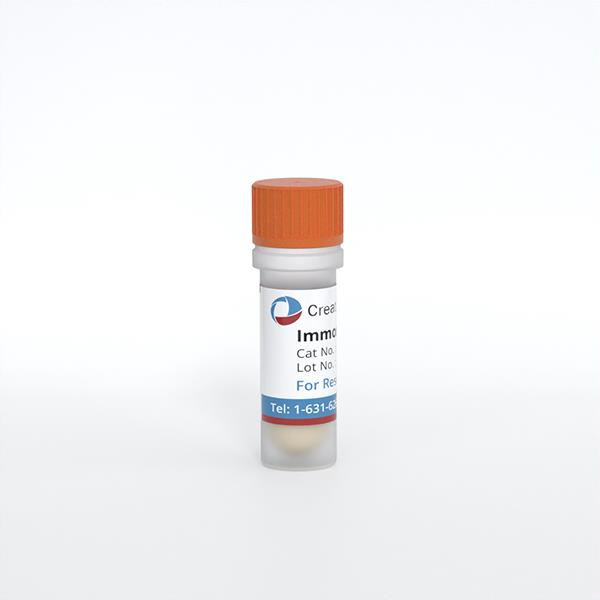Featured Products
Our Promise to You
Guaranteed product quality, expert customer support

ONLINE INQUIRY

Immortalized Mouse Spleen Dendritic Cells (SRDC)
Cat.No.: CSC-I9265L
Species: Mus musculus
Source: Spleen
Morphology: Dendritic-like
Culture Properties: Adherent
- Specification
- Q & A
- Customer Review
Cat.No.
CSC-I9265L
Description
The Immortalized Mouse Spleen Dendritic Cell (SRDC) line is functionally and phenotypically similar to dendritic cells; specifically, in its antigen presentation, T cell priming, and dendritic cell marker expression. This innovative CD4-CD8a+CD205+CD11b-immortalized dendritic cell line eliminates the need for in vitro differentiation and expansion of different dendritic cell precursors into splenic dendritic cells. Therefore, these readily cultured cells are ideal for immunological studies focused on the function and biology of dendritic cells.
Species
Mus musculus
Source
Spleen
Culture Properties
Adherent
Morphology
Dendritic-like
Immortalization Method
Serial passaging and liposome-mediated transfection with pSV3neo plasmid carrying the SV40 T oncogene
Markers
HuD, PGP9.5, tau, MHC-I, MHC-II, CD8, CD80, CD40, CD11c, CD59, CD205
Applications
For Research Use Only
Storage
Directly and immediately transfer cells from dry ice to liquid nitrogen upon receiving and keep the cells in liquid nitrogen until cell culture needed for experiments.
Note: Never can cells be kept at -20 °C.
Note: Never can cells be kept at -20 °C.
Shipping
Dry Ice.
Recommended Products
CIK-HT003 HT® Lenti-SV40T Immortalization Kit
Quality Control
1) Immunofluorescence microscopy analysis confirmed SRDC maturation- through expression of DC-LAMP and MHC-II expreion.
2) ELISA assays to determine interleukin and gamma interferon productn.
3) To confirm dendritic cell transformation, SV40 large T antigen expression was compared between SRDCs and Cos-7-positive control cells and BHK-21-negative control cells.
4) PCR analysis confirmed that the SV40 oncogene was not integrated into SRDC cellular A.
5) Antigen uptake ability tested via incubation with antitoxoplasma serum.
2) ELISA assays to determine interleukin and gamma interferon productn.
3) To confirm dendritic cell transformation, SV40 large T antigen expression was compared between SRDCs and Cos-7-positive control cells and BHK-21-negative control cells.
4) PCR analysis confirmed that the SV40 oncogene was not integrated into SRDC cellular A.
5) Antigen uptake ability tested via incubation with antitoxoplasma serum.
BioSafety Level
II
Citation Guidance
If you use this products in your scientific publication, it should be cited in the publication as: Creative Bioarray cat no. If your paper has been published, please click here to submit the PubMed ID of your paper to get a coupon.
Ask a Question
Write your own review
Related Products

